Rising Disposable Income
The Global Luxury Watch Market Industry is experiencing growth driven by increasing disposable income among consumers, particularly in emerging economies. As individuals gain more financial freedom, they are more inclined to invest in luxury items, including high-end watches. For instance, countries like China and India are witnessing a surge in the affluent class, which is expected to contribute significantly to the market's expansion. By 2024, the market is projected to reach 65.1 USD Billion, reflecting a strong consumer demand for luxury timepieces. This trend suggests that as wealth increases, so does the propensity to purchase luxury watches, thereby bolstering the overall market.
Market Growth Projections
The Global Luxury Watch Market Industry is poised for substantial growth, with projections indicating a market size of 65.1 USD Billion in 2024 and an anticipated increase to 100 USD Billion by 2035. This growth trajectory suggests a compound annual growth rate (CAGR) of 3.99% from 2025 to 2035. Such figures reflect the increasing consumer interest in luxury timepieces, driven by factors such as rising disposable income, technological advancements, and changing consumer preferences. As the market evolves, it is likely to attract both established brands and new entrants, further enriching the competitive landscape.
Technological Advancements
Technological innovations play a pivotal role in shaping the Global Luxury Watch Market Industry. Brands are increasingly incorporating advanced features such as smart technology, enhanced durability, and unique materials into their timepieces. This integration of technology not only appeals to tech-savvy consumers but also enhances the functionality and appeal of luxury watches. For example, brands like TAG Heuer and Rolex are exploring smart functionalities while maintaining traditional craftsmanship. As the market evolves, these advancements are likely to attract a broader audience, potentially increasing the market size to 100 USD Billion by 2035, indicating a shift in consumer preferences towards technologically advanced luxury watches.
Expansion of E-commerce Channels
The Global Luxury Watch Market Industry is witnessing a significant shift towards e-commerce, which is transforming how consumers purchase luxury timepieces. The convenience of online shopping, coupled with the rise of luxury e-commerce platforms, is making luxury watches more accessible to a global audience. Brands are investing in their online presence and enhancing the digital shopping experience to cater to this trend. This expansion is likely to attract new customers and increase overall sales. As e-commerce continues to grow, it is anticipated that the market will experience a robust growth rate, aligning with the projected CAGR of 3.99% from 2025 to 2035.
Growing Demand for Sustainable Products
Sustainability is becoming a crucial factor influencing purchasing decisions in the Global Luxury Watch Market Industry. Consumers are increasingly seeking brands that prioritize ethical sourcing and environmentally friendly practices. Luxury watch manufacturers are responding by adopting sustainable materials and transparent supply chains. For instance, brands like Panerai are utilizing recycled materials and promoting eco-friendly practices. This shift towards sustainability not only aligns with consumer values but also enhances brand loyalty. As awareness of environmental issues grows, the demand for sustainable luxury watches is expected to rise, contributing to the market's projected growth rate of 3.99% CAGR from 2025 to 2035.
Influence of Social Media and Celebrity Endorsements
The impact of social media and celebrity endorsements on the Global Luxury Watch Market Industry cannot be understated. Platforms like Instagram and TikTok have become vital marketing tools for luxury brands, allowing them to reach a wider audience. Influencers and celebrities often showcase luxury watches, creating aspirational value among consumers. This trend is particularly evident among younger demographics who are influenced by online personalities. As brands leverage these platforms to promote their products, the visibility and desirability of luxury watches increase, potentially driving sales and contributing to the market's growth trajectory towards 100 USD Billion by 2035.


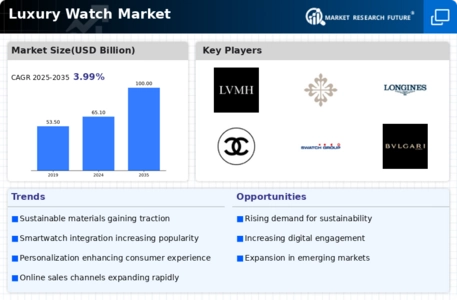

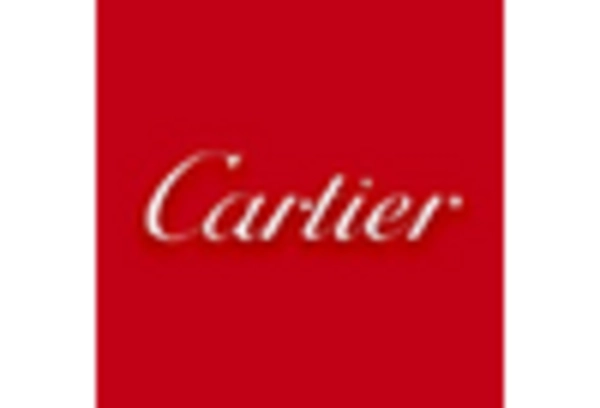
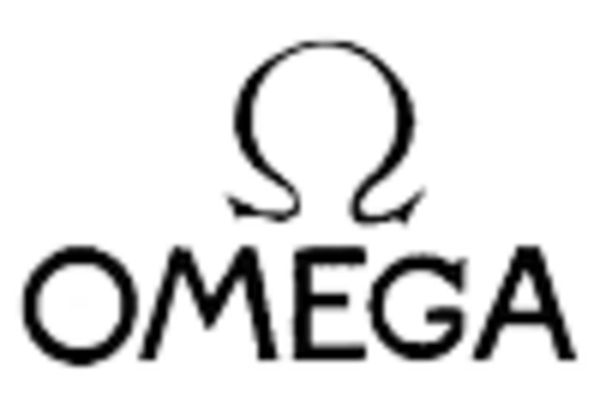
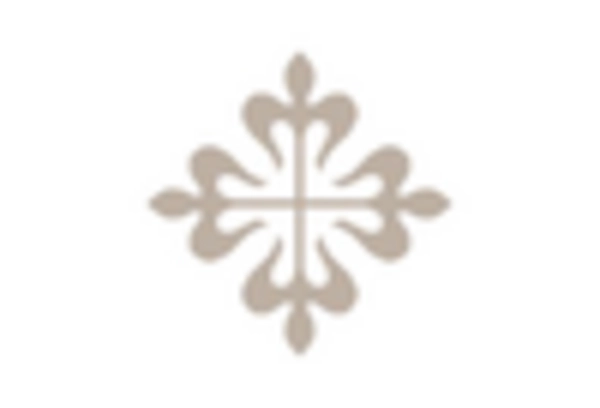
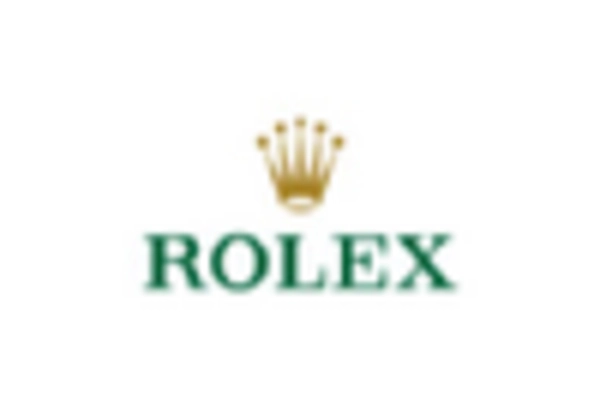
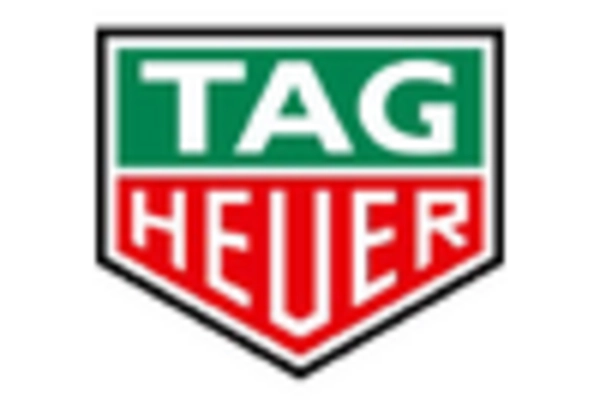








Leave a Comment